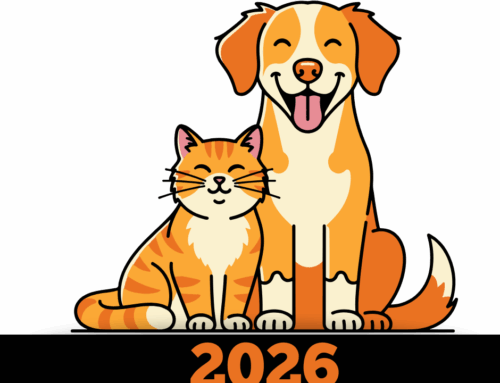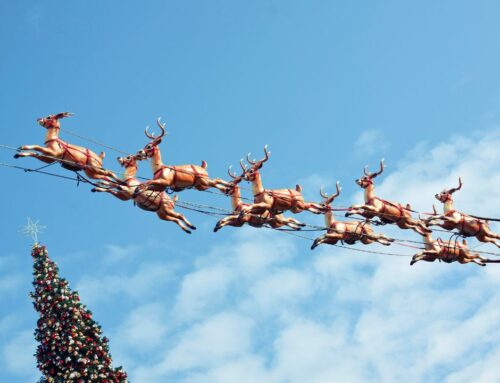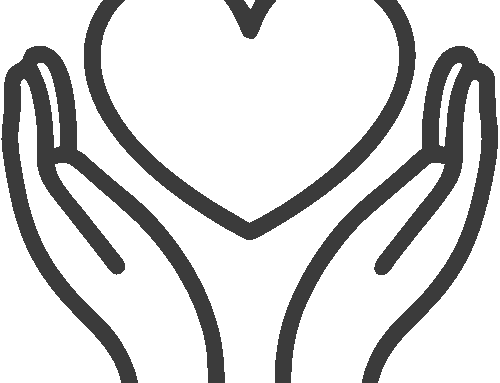 If you’ve noticed Petunia looking a bit more flowery than usual this year, it’s probably not an unflattering collar. It’s true for humans, and it’s true for pets. If you don’t burn up as many calories as you consume, you are going to gain weight. Petunia’s not alone in her weight creep over the past year. Over half of cats and dogs in the United States have weight problems – meaning that they are 10 – 20% over their desired weight.
If you’ve noticed Petunia looking a bit more flowery than usual this year, it’s probably not an unflattering collar. It’s true for humans, and it’s true for pets. If you don’t burn up as many calories as you consume, you are going to gain weight. Petunia’s not alone in her weight creep over the past year. Over half of cats and dogs in the United States have weight problems – meaning that they are 10 – 20% over their desired weight.
So why does a pet gain weight? There are many possibilities, and most often it’s a combination of factors, which cycle on each other. Weight gain leads to health issues which make it harder or more painful to move, which causes further weight gain.
The Food Fight. The most obvious culprits for weight gain are high calorie treats and overfeeding. Talk to us about the best food to feed your pet for their age, breed, weight, and health condition. Treats and table food should not make up more than 10% of the diet for a dog or a cat.
What Lies Beneath. Many health conditions can cause weight gain, like hypothyroidism, Cushing’s Disease, arthritis, high blood pressure, tumors – and of course, pregnancy!
Body Chemistry. As an animal matures, metabolism slows down. Apart from decreased activity, an aging body simply doesn’t burn so many calories, and the excess calories turn into fat. Spaying and neutering also slow metabolism.
Couch Potatoes. Dogs and cats that don’t get enough exercise are also at high risk of weight gain. Worried about exercising in the cold? Take a look at these ten tips to exercising in the winter.
When should I worry? If Petunia has pushed past her ideal weight, we need to talk. We’ll rule out underlying issues, and talk to you about lifestyle changes (that means diet and exercise…) to help her get back on track, and make that collar flattering once again.






Leave A Comment